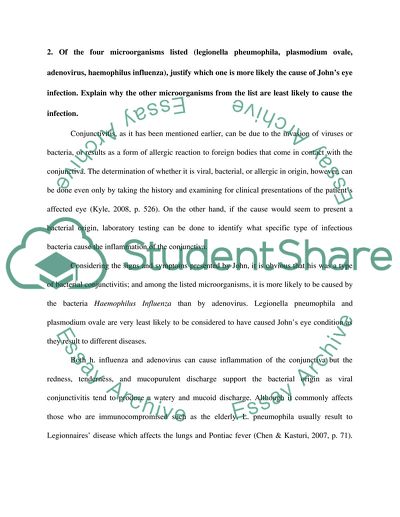Cite this document
(“Infectious Conjunctivitis Essay Example | Topics and Well Written Essays - 2250 words”, n.d.)
Infectious Conjunctivitis Essay Example | Topics and Well Written Essays - 2250 words. Retrieved from https://studentshare.org/health-sciences-medicine/1569116-case-study-infectious-conjunctivitis-eye
Infectious Conjunctivitis Essay Example | Topics and Well Written Essays - 2250 words. Retrieved from https://studentshare.org/health-sciences-medicine/1569116-case-study-infectious-conjunctivitis-eye
(Infectious Conjunctivitis Essay Example | Topics and Well Written Essays - 2250 Words)
Infectious Conjunctivitis Essay Example | Topics and Well Written Essays - 2250 Words. https://studentshare.org/health-sciences-medicine/1569116-case-study-infectious-conjunctivitis-eye.
Infectious Conjunctivitis Essay Example | Topics and Well Written Essays - 2250 Words. https://studentshare.org/health-sciences-medicine/1569116-case-study-infectious-conjunctivitis-eye.
“Infectious Conjunctivitis Essay Example | Topics and Well Written Essays - 2250 Words”, n.d. https://studentshare.org/health-sciences-medicine/1569116-case-study-infectious-conjunctivitis-eye.


